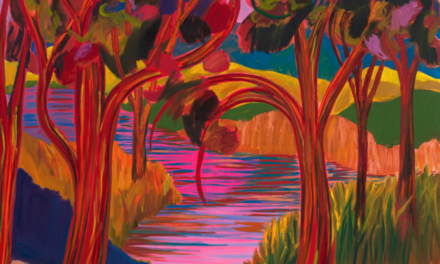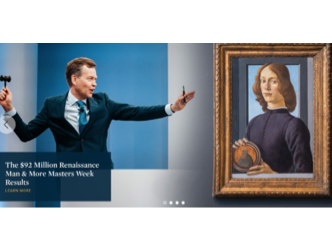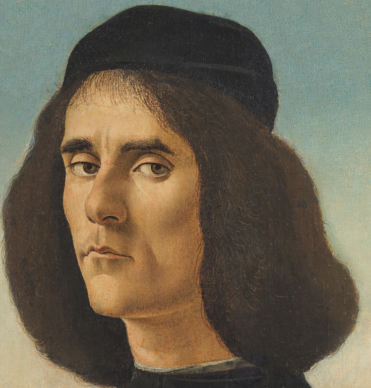
Sandro Botticelli ( detail)
Established for many centuries
When talking about the art market there’s a tendency to immediately think of 20th-century art, which attracts the most fans and the highest figures. However, at a time when values are being called into question, it’s good to observe the market’s offerings as a whole and in particular the niche areas; that is, those that meet the demand of a narrower section of buyers. Old Masters art, despite being established for many centuries, belongs in this category. Since the start of the coronavirus crisis, while significant auction results have been rare across the board, they’ve been even rarer in the Old Masters field. Just now, for example, we note the Sotheby’s online sale from 1 to 8 April 2020 of 100 lots from the London-based dealer Rafael Valls, which totalled 1.9 million dollars with 98% of works sold for double the initial overall estimate.
29% of new buyers
While the specialism is notoriously seen as ageing and traditional, at these auctions 29% of the buyers were new and 20% of bidders were under the age of 40. This change in “attendance” is probably due, firstly, to Sotheby’s new strategy of everything being online (see the report on the subject). But it also proves that the market for Old Masters art has a future, even if the sums at stake aren’t always huge. The highest here was 340,000 dollars. The appeal of Old Masters paintings is also related to the fact that it’s possible to make perfectly good acquisitions at relatively modest price scales, as emphasized in most of the responses from specialists when we asked their advice.
Etienne Bréton
An international specialist like the private Parisian dealer Etienne Bréton observes that right now, generally speaking, sales are still virtually nonexistent. “Contrary to modern or contemporary art, in the Old Masters field the buyers are passionate collectors. They demand to see the painting before any transaction. The work’s state of conservation is a major factor in their motivation to make a purchase, and it’s clear that these auction houses don’t always give a satisfactory report in this regard.”
Reopening
Over the past few days, contrary to London and New York, Italy and France have allowed auction halls as well as experts and dealers to reopen, enabling potential buyers to experience artworks “in the flesh” once more.
Carlo Orsi
The dealer based in London and Milan, Carlo Orsi, made headlines last October when he presented a painting by Botticelli on the market (see the report here) which has yet to be sold due to administrative obstacles. He thinks the current period is a good time for buying and conserving major pieces rather than selling. “I’ve just acquired a work by the Tuscan 14th-century master Spinello Aretino (c. 1350-1410), which I was offered as a result of financial difficulties. This triptych was in the same collection for 60 years. Now it’s worth doing some more research on its origins as well as cleaning it. I’m keeping it for more favourable times. It will sell for over a million euros.”
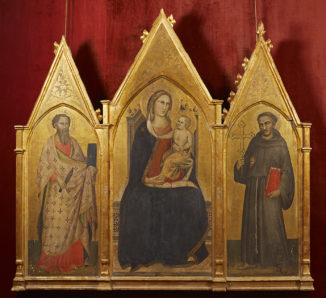
Spinello Aretino
Gustave Courbet
But we’re not just talking about artworks in the millions of euros; on the subject of safe investments in the Old Masters field Etienne Bréton replies: “A painting considered to be an important work at the time of its creation and which is still seen in a positive light down the centuries cannot be devalued in our times.”
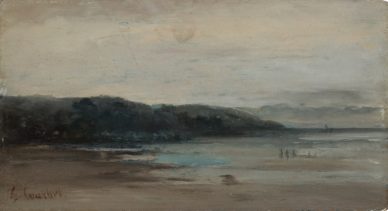
Gustave Courbet
He gives the example of Gustave Courbet (1819-1877), who produced a lot. “Although there are problems of attribution because he had many students at his studio, Courbet is a definitive part of art history. Important subjects in Courbet’s work like a portrait, a seaside scene, a hunting scene, these sell for 50,000 euros and even less.” The portrait of one of his childhood friends, Tony Marlet, sold in January 2020 at Sotheby’s in New York for 39,800 euros. Etienne Bréton recently sold a small-scale seascape in a private transaction for around 40,000 euros.
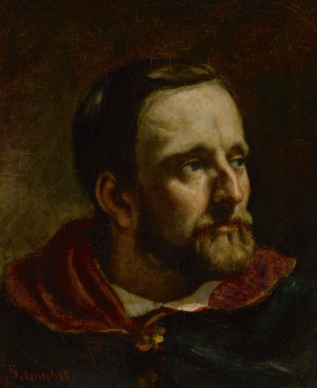
Gustave Courbet
Eric Turquin
Parisian expert Eric Turquin contributed to the sale in December 2019 in Senlis of a religious panel by the extremely rare pre-Renaissance Italian painter Cimabue, for 24.2 million euros.
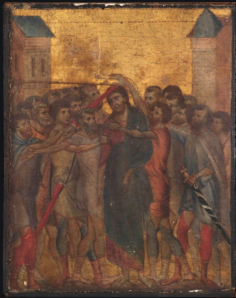
Cimabue
At a considerably lower price range, he insists there is “the possibility of acquiring museum-standard Old Masters works, particularly from the output of the French 18th century.”
Elisabeth Vigée Le Brun
He gives the example of Marie-Antoinette’s famous portraitist, Elisabeth Vigée-Le Brun (1755-1842). “The fact that this painter was a woman, which was rare at the time, and that she was the subject of a large-scale retrospective five years ago in Paris and New York considerably increased the buzz surrounding this artist. In 2017 we sold a portrait of an officer that she painted on an oval canvas (this format, curiously, is not commercial) for 27,500 euros.”
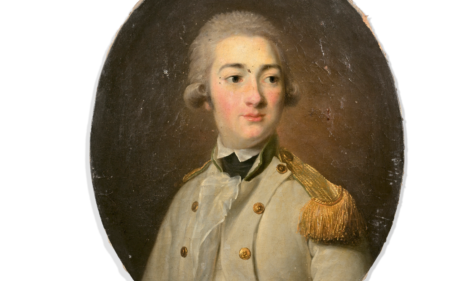
Elisabeth Vigée Le Brun
Nicolas de Largillière
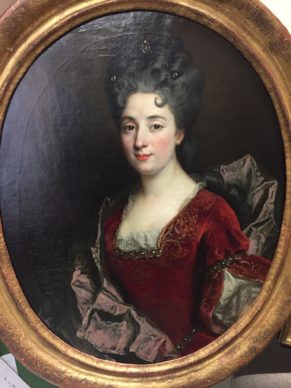
Nicolas de Largillière
He also cites Nicolas de Largillière (1656-1746), a specialist portraitist of Parisian high society known for his vibrant colours. A portrait of a lady in a sumptuous dark red dress was sold for 24,700 euros by Fraysse et Associés in Paris on 20 May 2020.
Flemish and dutch
In New York, the Christie’s expert François de Poortere is leaning towards Flemish and Dutch art. “In recent years, works from what is known as the 17th-century ‘Dutch Golden Age’ have seen their value drop considerably. This revision in prices, which has now stabilised for paintings whose subjects are very intellectually accessible (landscapes, still lifes), make the area particularly attractive.”
Jan Van Goyen
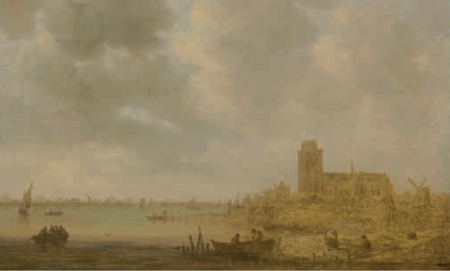
Jan Van Goyen
He illustrates this idea by citing two works that will be sold online on the Christie’s website until 19 June. The first is a Jan Van Goyen (1596-1656), known for limiting the chromatic range of his landscapes from grey to pale green, which melt into cloudy surroundings. He painted a view of Dordrecht in this style which is estimated at 30,000 dollars. A river view painted in the same colour palette was sold at Christie’s in December 2019 for 70,800 euros.
Jacob Jordaens
“We are also presenting a piece by Antwerp-born artist Jacob Jordaens (1593-1678) depicting a remarkable painted man’s head from a Belgian private collection, estimated at 40,000 dollars. Jordaens was none other than one of Rubens’ best students.”
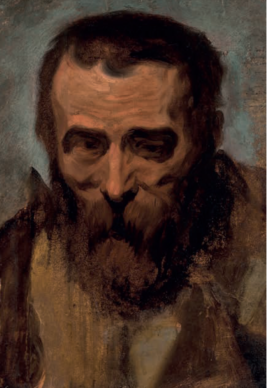
Jacob Jordaens
Support independent news on art.
Your contribution : Make a monthly commitment to support JB Reports or a one off contribution as and when you feel like it. Choose the option that suits you best.
Need to cancel a recurring donation? Please go here.
The donation is considered to be a subscription for a fee set by the donor and for a duration also set by the donor.

